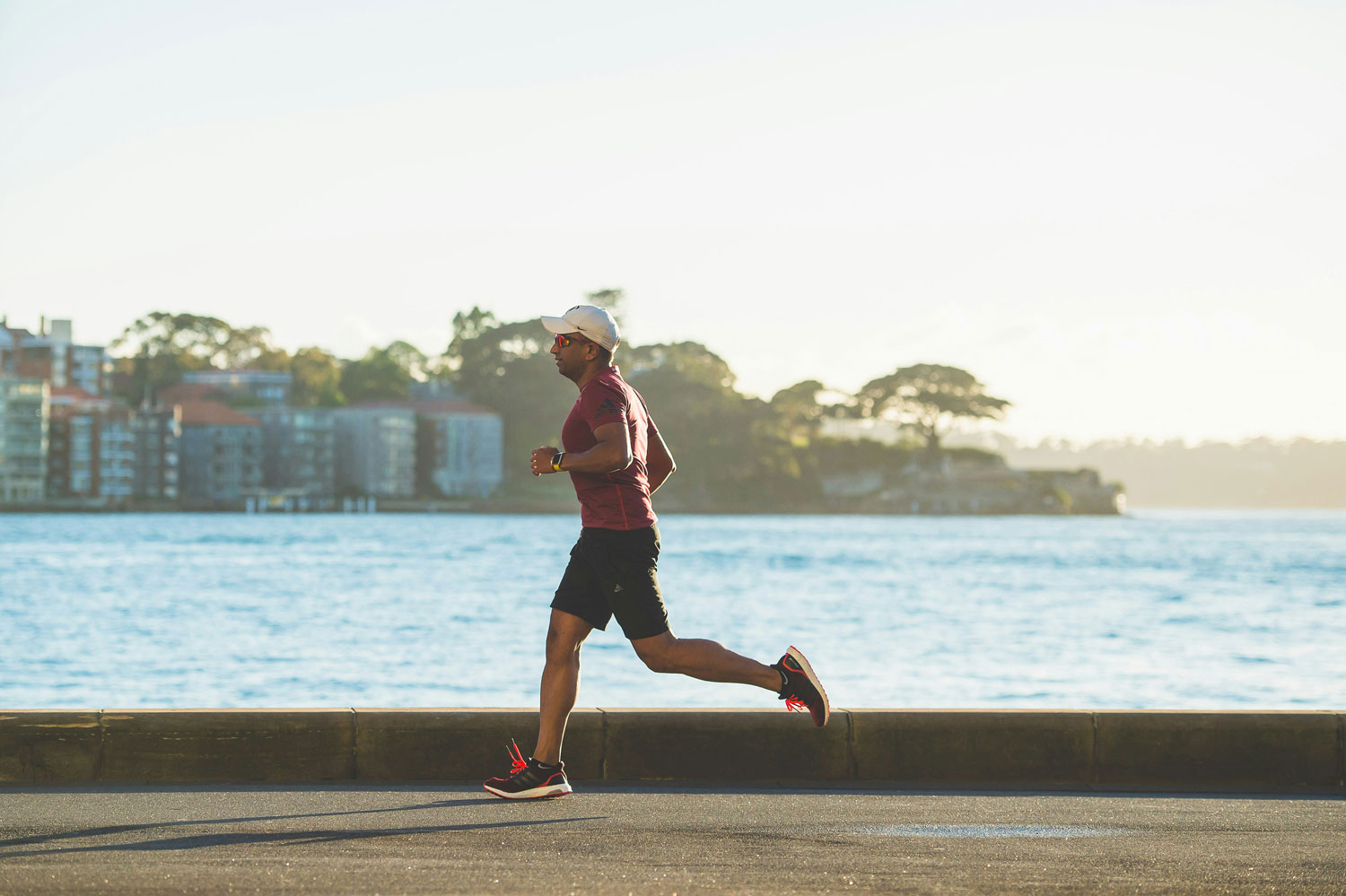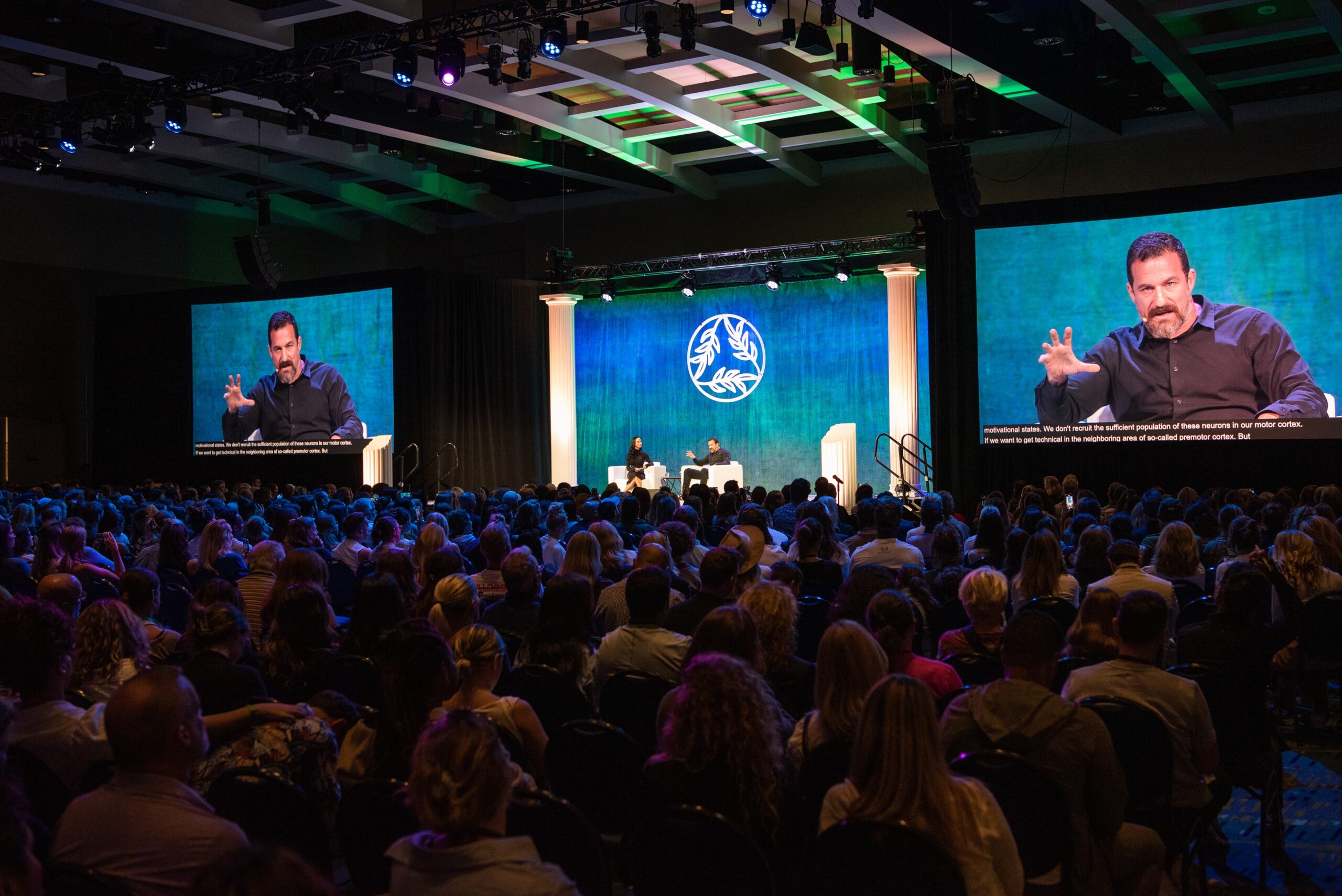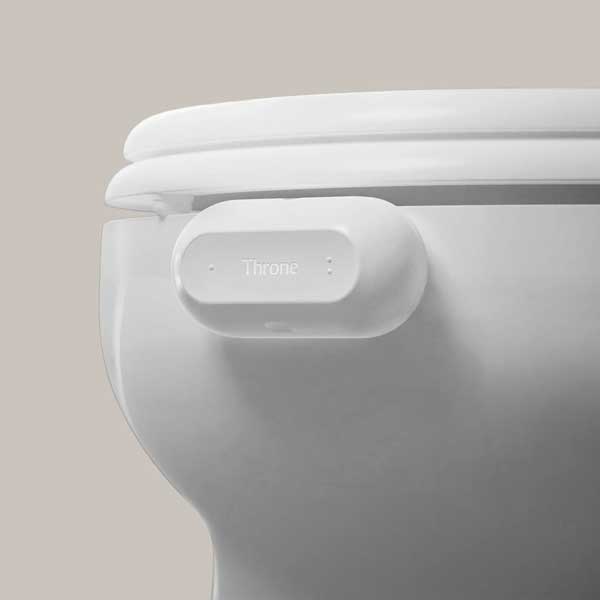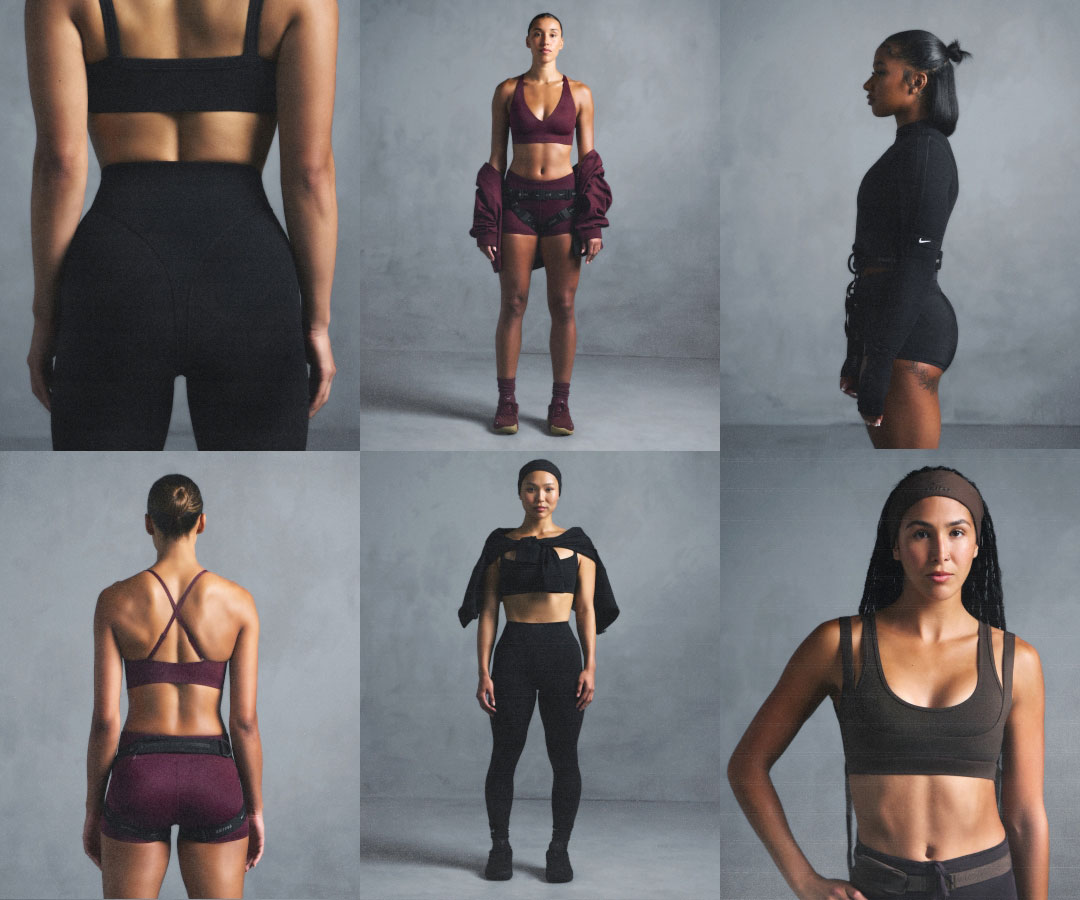In this article we’re breaking down the benefits of long, slow workouts with Aviron Coach John Steventon and GORUCK’s Director of Training Nichele Cihlar.
What is Zone 2 Cardio?
Zone 2 cardio involves exercising at an intensity where you can comfortably chat, but still feel like you’re working out — typically at 60-70% of your maximum heart rate. Steventon notes, “It’s vital you don’t work too hard.”
The foundation of fitness. “Zone 2 has benefits for anyone, no matter their fitness level,” says Cihlar. It increases cardio fitness, speeds up recovery and muscle repair, and boosts mental health. And according to Cihlar, it also improves heart rate variability (HRV),resting heart rate (RHR), and enhances sleep.
How to train in Zone 2.
If you can hold a long conversation while exercising, you’re likely in Zone 2. “This should feel like mild heavy breathing, but you should still be able to talk,” says Cihlar. Steventon advises using a heart rate monitor for accuracy, adding, “The HR monitor on a smartwatch is normally good enough.”
Just about any form of cardio can get you into Zone 2:
- Rucking
- Running (“a slow plod,” says Steventon)
- Cycling, rowing, or swimming
- Fast walking or hiking up hills
Drop the ego. Steventon highlights ego as the biggest challenge with Zone 2: “People don’t want to be seen running, rowing, swimming or cycling slowly. So their pace tends to creep up, moving them out of Zone 2.”
More common pitfalls include:
- Going too fast or ignoring the heart rate monitor
- Deteriorating technique from slow-paced workouts
The Bottom Line:
Zone 2 training is accessible, effective, and essential for building a strong fitness foundation. But check your ego — while Zone 2 is gaining popularity, many miss out on its true benefits by going too fast. Slow down and stay consistent to reap the benefits.

 Published on Jul 11, 2024 by
Published on Jul 11, 2024 by 






